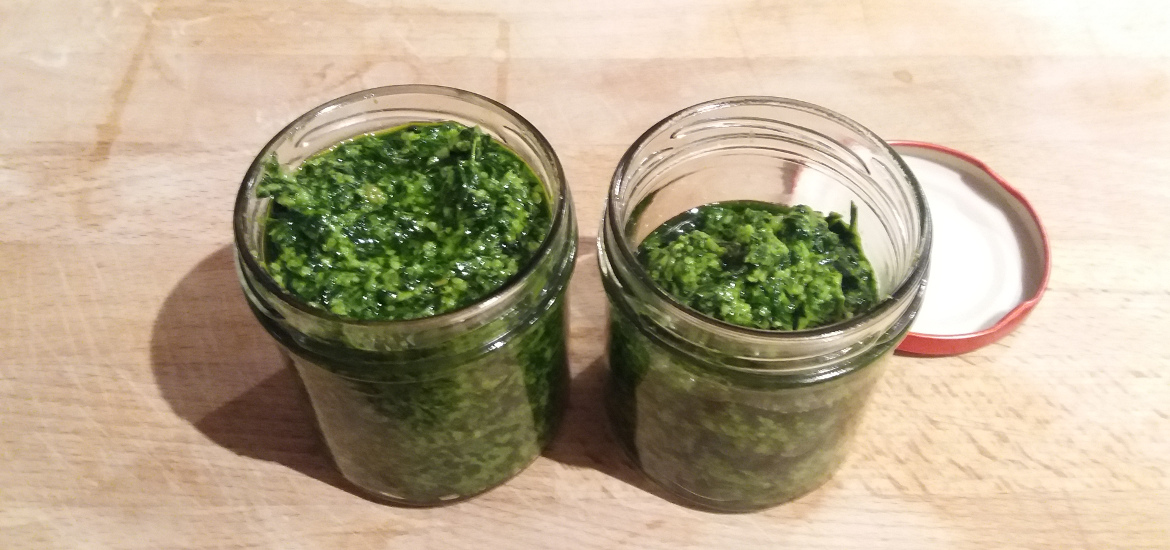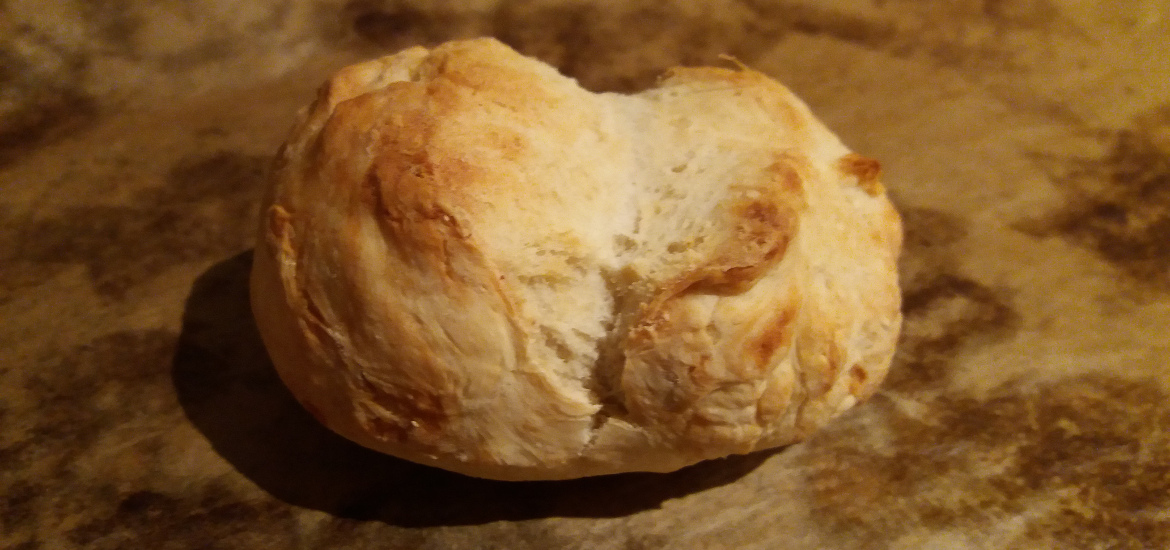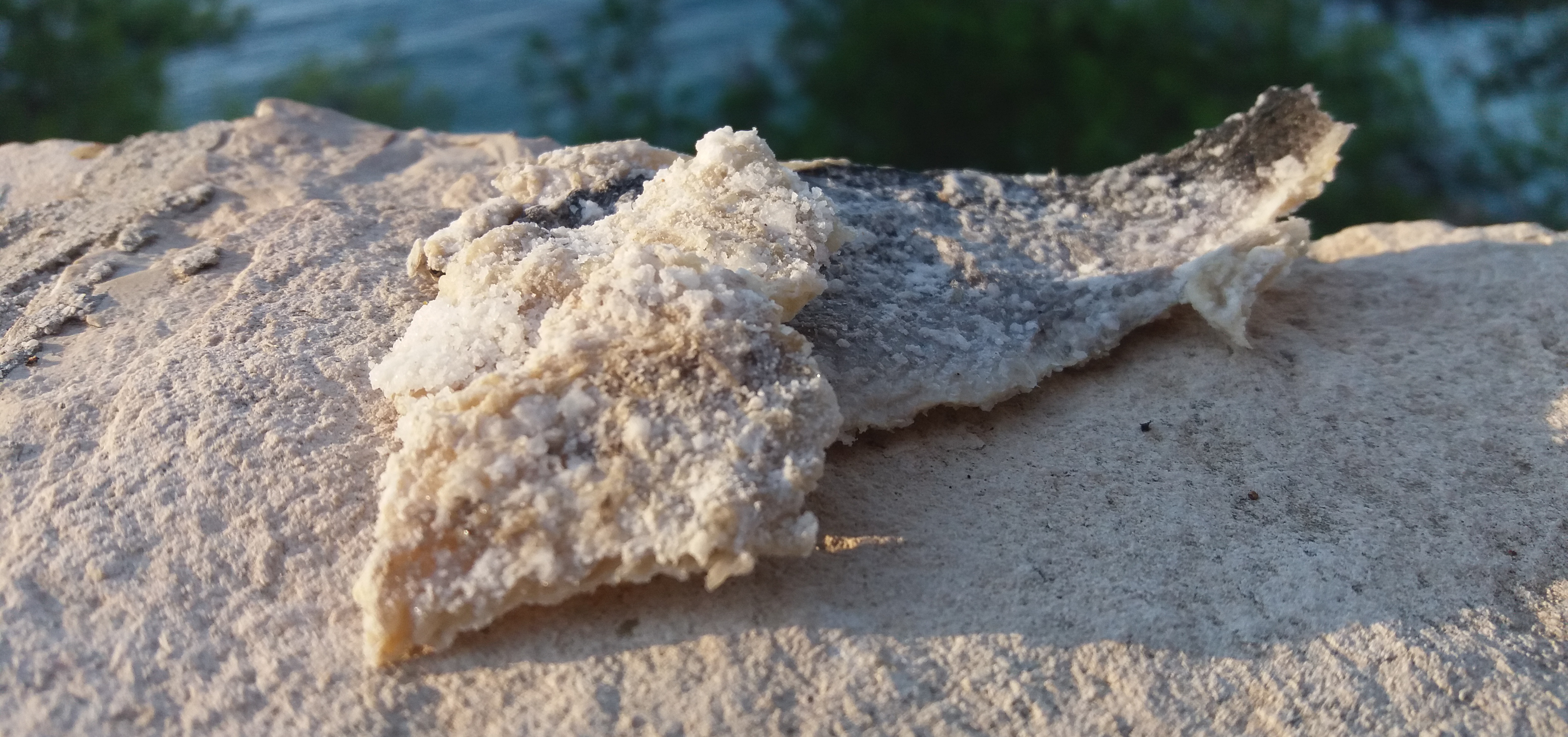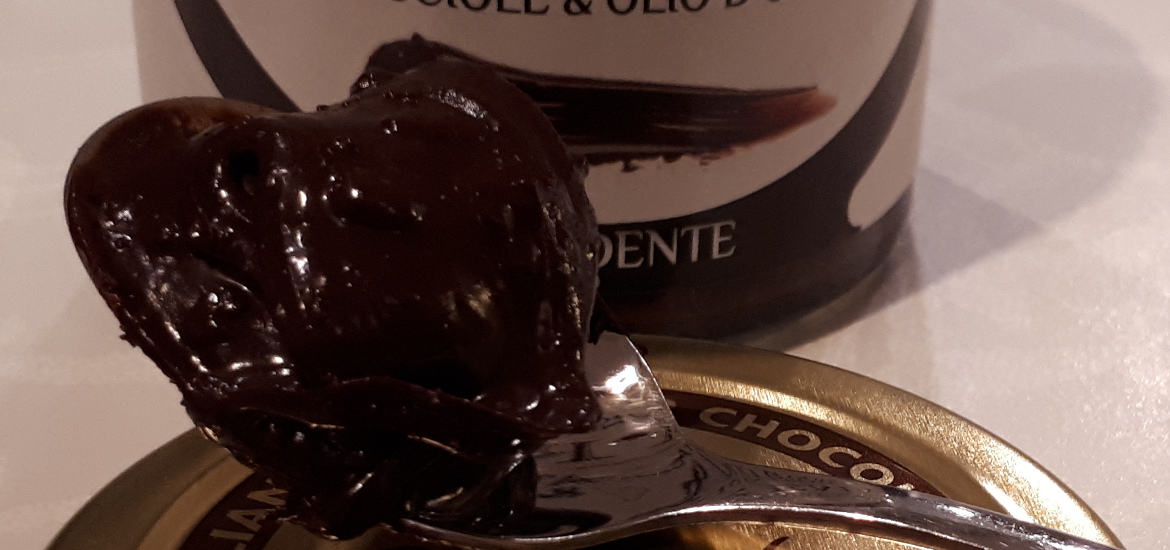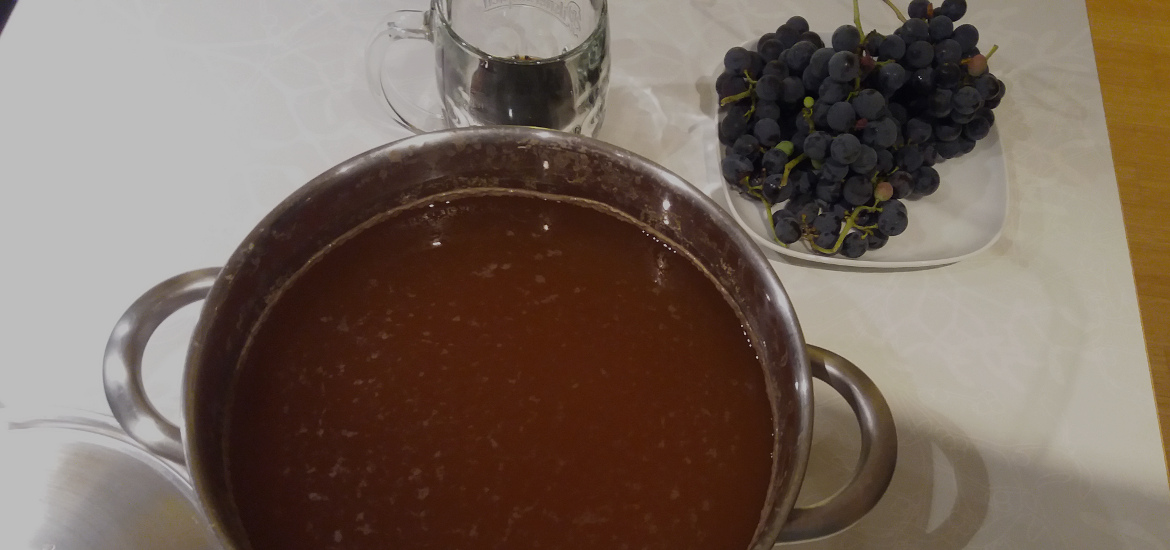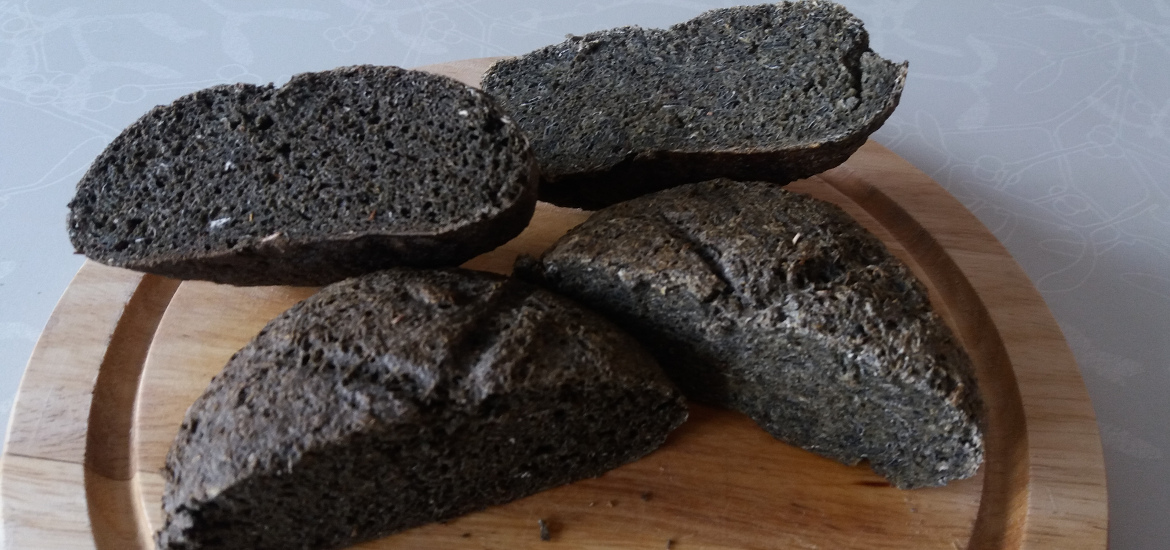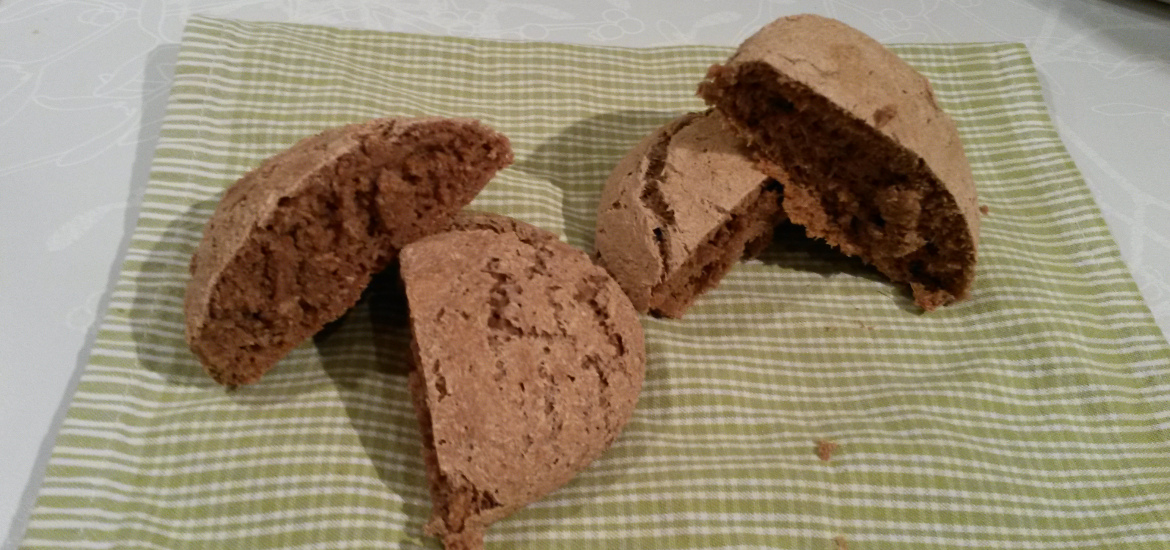Ever heard of Wild garlic pesto? Real Italian pesto or more precisely pesto Genovese is, as the name suggests, coming from the Italian city of Genoa. It is traditionally made from basil, garlic, pine nuts, Parmesan cheese (parmigiano) and pecorino (cheese made from sheep’s milk), all blended or crushed with olive oil and finally salted to one’s taste. It can be used for many things, ranging from standard dressing for pasta to salads and grilled vegetable dressing, dip or a simple bread spread. Since it is fairly easy to make and tastes wonderful, it is widely popular and also comes in many variations.
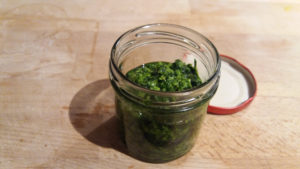
The main variation includes changing the pine nuts for any other type of nuts – from ordinary nuts, walnuts to Indian nuts and almonds. And the best thing is they all result in a different, yet wonderful tasting pesto. The next thing that you can change are the cheeses – either skipping one or adding a different variety of – usually – hard cheese. This also results in a pallet of different tastes, usually a variety of sharper tones, compared to the nuts change.
Changing the base – that is basil, garlic or olive oil is far less common. Yet with wild garlic you get two birds with one stone: that wonderful garlic taste plus an extra grass-like aftertaste comparable to the one from basil. Additionally, you do not have to pretreat the wild garlic to get rid of the bitter aftertaste of basil and the green is more bright and shiny compared to the basil based pesto. Definitely a variation that you should try if you are a pesto fan.
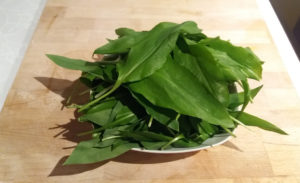
The only thing you should take great care is picking the wild garlic. Wild garlic (Allium ursinum) is a plant abundantly growing in the early spring woods. Be aware, that you have to be EXTREMELY cautious when you pick it – it can be easily mixed with poisonous plants also growing at that time – especially the jung leaves. There are many plants growing at the same time in the spring and young leaves can all look the same – with some of them having a really strong effect on the body – even one single leave can be enough! You also cannot rely on the smell to distinguish wild garlic leaves – wild garlic has a really strong smell – since your nose gets quickly overloaded and after some time everything smells like wild garlic. So pick wild garlic yourself only if you really know what you are doing – otherwise buy it from a trusted source.
MAKING THE WILD GARLIC PESTO
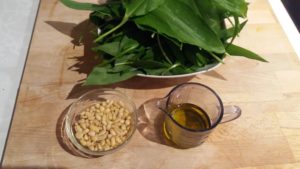
Ingredients and amounts:
- 80-125 g wild garlic leaves (depending how strong garlic taste you prefer)
- 40 g pine nuts
- 40 g grated parmigiano
- 60 ml olive oil
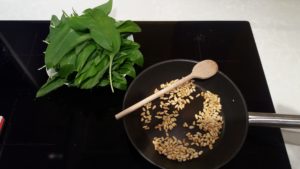
Fry the nuts in a hot pan until they turn light brown and start to smell heavenly.
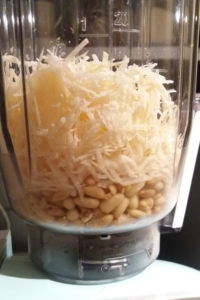 Blend the nuts and grated parmigiano in a blender to get a rough paste. Chop wild garlic leaves and add them into the blender together with olive oil. Blend some more. Add salt and pepper to your taste – finished! It is really no brain surgery.
Blend the nuts and grated parmigiano in a blender to get a rough paste. Chop wild garlic leaves and add them into the blender together with olive oil. Blend some more. Add salt and pepper to your taste – finished! It is really no brain surgery.
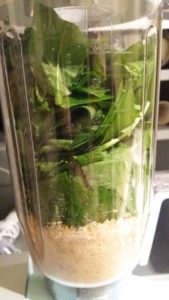 Store the pesto in the fridge – you can pour olive oil on top for longer storage – such pesto is useful for months without a problem. You can also go the long way and use a pestle and mortar instead of a blender. That way you drastically reduce the heating of the pesto during preparation. In my experience you can achieve the same thing by monitoring the blending process and blending in bursts – stop before the pesto gets too warm, leave it for a couple minutes to equilibrate and resume blending. I never noted any big difference in the two processes – the color of the pesto was brightly green in both cases (it can get darker with heating) and in both cases the pesto did not change when stored in the fridge for longer time periods. I do have to confess that the storage test never lasted for more than two months since the pesto is so delicious that I ate it during that time period.
Store the pesto in the fridge – you can pour olive oil on top for longer storage – such pesto is useful for months without a problem. You can also go the long way and use a pestle and mortar instead of a blender. That way you drastically reduce the heating of the pesto during preparation. In my experience you can achieve the same thing by monitoring the blending process and blending in bursts – stop before the pesto gets too warm, leave it for a couple minutes to equilibrate and resume blending. I never noted any big difference in the two processes – the color of the pesto was brightly green in both cases (it can get darker with heating) and in both cases the pesto did not change when stored in the fridge for longer time periods. I do have to confess that the storage test never lasted for more than two months since the pesto is so delicious that I ate it during that time period.
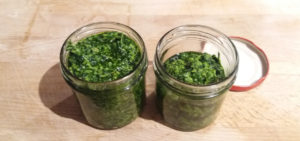
Image credit: Amazing food
